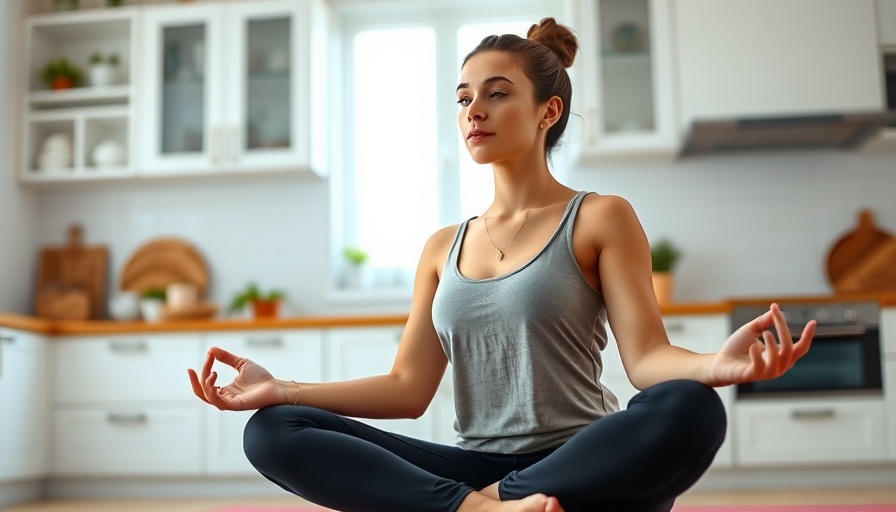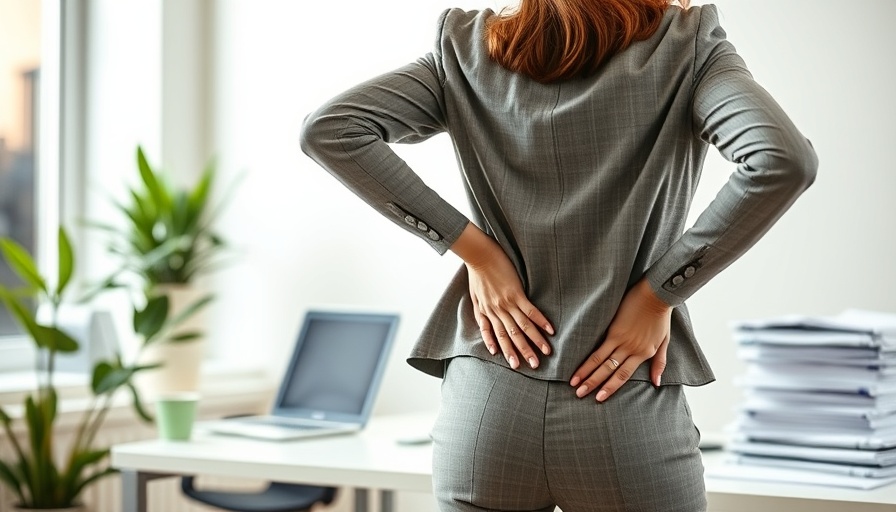
Strengthening Your Lower Back: Why It’s Essential
The modern lifestyle often leaves little room for movement, particularly for those of us who find ourselves glued to desks or couches for hours on end. The impact on our lower back—an area crucial for core support—is undeniable. Weakness in this region can lead to chronic pain or discomfort, poor posture, and increased susceptibility to injury. Thus, integrating strength-building exercises into our daily routine, even for just ten minutes, is a game changer!
Understanding the Importance of a Strong Lower Back
Your lower back, or lumbar region, serves as the cornerstone of your spine’s health and stability. It aids in nearly every activity, from walking to bending and lifting. If that support weakens over time, it may manifest as:
- Chronic back pain
- Poor posture
- Increased risk of injuries, especially during physical activities
- Reduced flexibility and mobility
Habitual weakness can escalate into more severe issues if not addressed. This highlights the imperative need for a regular back-strengthening regimen, particularly for those with sedentary lifestyles common in Southern California. Fortunately, dedicating just ten minutes daily to back exercises can yield significant improvements.
Quick and Effective 10-Minute Daily Routine
Are you ready to take action? Setting aside just ten minutes can ensure you are investing in your long-term health. Here’s a simple routine that you can do anywhere, with minimal equipment—just comfortable clothing and a yoga mat, if you prefer:
- Cat-Cow Stretch: This gentle flow between two poses warms the spine and relieves back tension.
- Child’s Pose: A restorative pose that stretches and elongates the spine.
- Bridge Pose: This movement strengthens the glutes and lower back while stretching the front of the body.
- Bird-Dog Exercise: Balances body coordination while strengthening your core and lower back.
- Seated Forward Bend: Stretches the spine and hamstrings, relieving tension in the lower back.
Each exercise can be completed in just one to two minutes. These movements not only strengthen your core but also realign your posture, alleviating the tightness that comes with long periods of sitting.
Real-Life Benefits and Social Connection
Imagine this: after a month of performing just ten minutes of exercises daily, your core is stronger, your posture improves, and the chronic pain you once felt has lessened significantly. Strengthening your lower back fosters more than physical health; it enhances confidence and productivity. You’ll find yourself more engaged in daily activities, enjoying life more fully, whether you’re spending time with friends or enjoying a day out in the California sun.
Understanding Our Audience: Southern Californians
In the vibrant heart of Southern California, community engagement thrives; thus, it's essential to consider how the social context plays into the wellness journey. Local chiropractors and health professionals advocate for daily back-strengthening routines as a foil to the overwhelming sedentary lifestyles many face. By taking a proactive approach to back health, residents can promote a culture where fitness and wellness are prioritized—a trend that can spread through families and friendships.
Taking Action: Commit to Your Health
The commitment is simple yet powerful: dedicate ten minutes each day to your lower back’s health. Bring your friends and family into the fold, encouraging them to join you. As advocate for a healthier lifestyle, our call to action is not just for your sake but for everyone’s well-being.
In a world where health is often compromised by work and leisure, let’s put our lower backs first! Start your daily ten-minute routine today, and watch how your strength and vitality soar!
 Add Row
Add Row  Add
Add 




 Add Row
Add Row  Add
Add 

Write A Comment